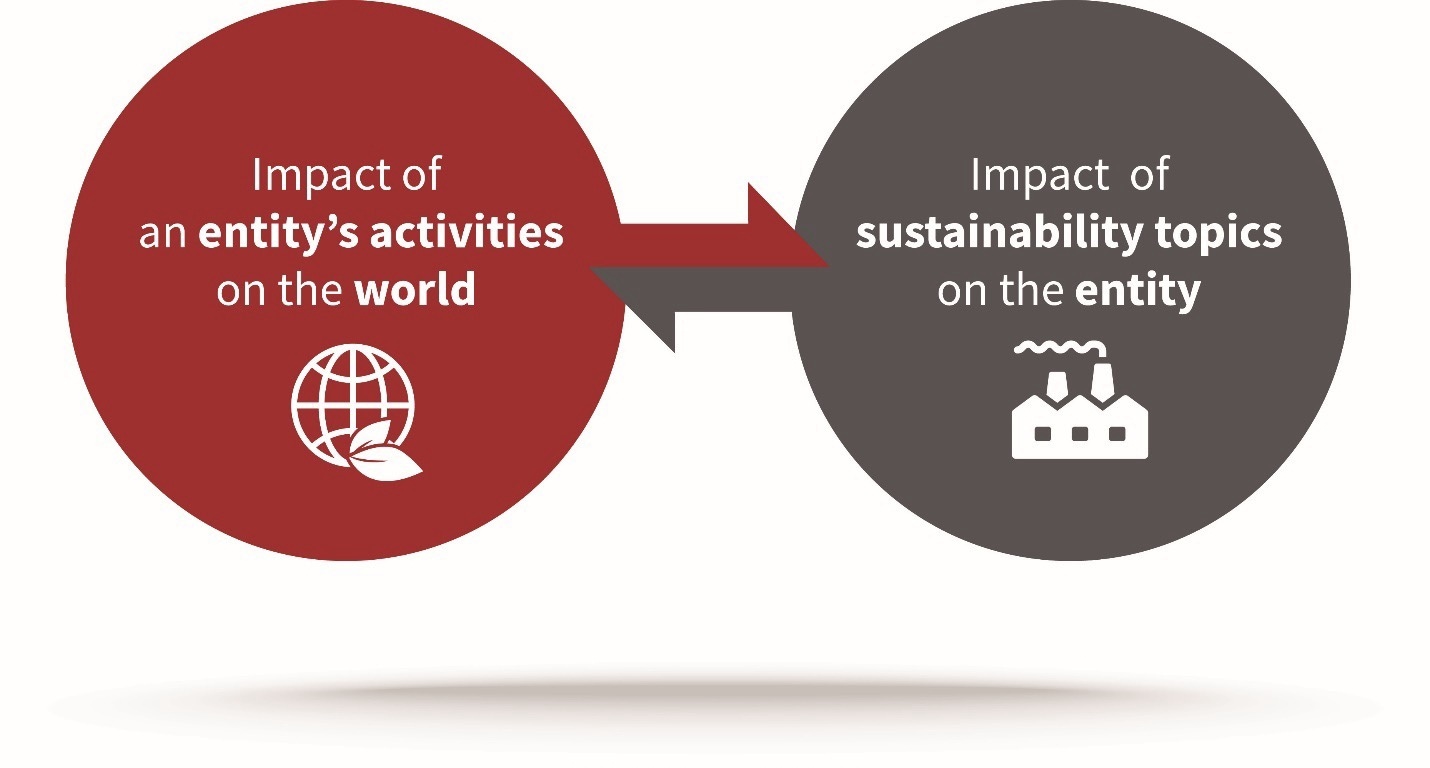February 19, 2025
How to Meet California's New Climate Regulations
Here’s what you need to know about California’s new climate disclosure laws and how you can meet investor and societal expectations.

More than 16,200 homes and other buildings have been damaged or destroyed during the recent Los Angeles wildfires, leaving more than 100,000 people displaced and costing over $250 billion in damages. “This event, for me, has destroyed any boundary between my work and the rest of my life, my family, my friends,” stated one climate scientist, whose home counted among the thousands lost in the recent L.A. fires. Residual impacts to air quality, water systems, housing and electricity make an already bad situation worse.
New Climate Disclosure Requirements
California’s new climate disclosure requirements couldn’t be timelier as the reality of climate change sets in for homeowners, businesses and investors alike.
Disasters like the California wildfires and other climate related events around the world continue to fuel environmental concerns and higher sustainability expectations. Demand is increasing for companies to consider and report their external impacts on society and the environment and to understand how those activities impact their internal financial well-being. Dubbed “double materiality” by the European Union (EU), this interconnectedness between sustainability and financial performance is the focus of new climate disclosure laws that will be put into effect by the California Air Resources Board (CARB).

As economic inflation continues to persist, business resilience and continuity are top priority for CFOs in 2025. The new California disclosure laws are largely focused on financial risk mitigation and business continuity. Investors want the assurance that businesses have contingencies and initiatives in place to address climate events and impacts.
The question becomes: How do you ensure that you are mitigating against not only the environmental risks, but also the financial risks posed to your business?
How Will My Organization Be Affected?
Starting Jan. 1, 2026, companies operating in California will be obligated to abide by the new disclosure laws or face heavy fines. And as California is the ninth largest economy in the world, that means that even if you are not physically located in California, those doing business in California will have to comply.
And there will be a trickle-down effect. For instance, if an organization requires those they do business with to comply with the new standards, those that choose not to comply might be left out in the cold.
What to Know About California’s New Climate Regulations
2 Required Climate Disclosure Thresholds
- Reporting on the impacts your organization has on society and the environment, reflecting your contributions towards sustainable development.
- Reporting of sustainability-related financial disclosures addressing the financial implications of sustainability issues.
3 Actions to Take
According to CDW partner and sustainability consultants, Uplift, there are three key activities you need to start now to prepare for Jan. 1, 2026.
- Quantify your emissions: Start measuring your scope 1 and scope 2 emissions if you haven’t already. Accurate data collection is critical. Ensure your data is collected and calculated by emissions experts.
- Achieve independent assurance: Ensure that your emissions data meets the required standards through independent verification.
- Prepare climate risk reports: Develop reports in accordance with Task Force on Climate-Related Financial Disclosures (TCFD) guidelines, due by Jan. 1, 2026.
Act Now to Achieve Compliance by January 2026
The compliance deadlines are fast approaching. Companies that delay action will face increased pressure as the deadlines near and may even face heavy fines should they fail to comply. You must start now to avoid coming up short and to ensure your transition into a new compliance repertoire is as smooth as possible.
Where Should We Start?
There’s complexity to these regulations that most organizations won’t have experience with. Some questions you may have include:
- Where can we acquire our greenhouse gas (GHG) inventories?
- What kind of reports do we need to fulfill the requirements?
- Do we have a resource for conducting our inventory that is separate from our third-party assurance resource, as is mandated?
- How can we offset the costs of fulfilling these compliance requirements?
Navigating questions like these requires a nuanced understanding of the regulations, sustainability resources and business technology solutions. For this reason, many are seeking out partnerships with experts like CDW and Uplift.
Simplify Your Climate Compliance With CDW and Uplift
In collaboration with Uplift climate specialists, CDW sustainable technology experts can help you translate reporting requirements, put a plan in place to collect and track emissions, simplify climate science and data, and develop accurate and meaningful climate disclosure and adaptation plans.
From GHG inventory development to emissions reduction strategies, carbon offset procurement, climate risk assessment and adaptation planning, we provide expert guidance, data collection tools and ongoing support to help you achieve your climate goals.
John Coleman
Director of Strategic Intiatives

